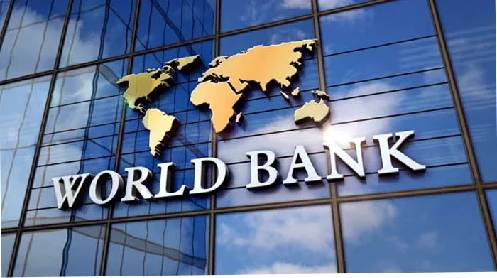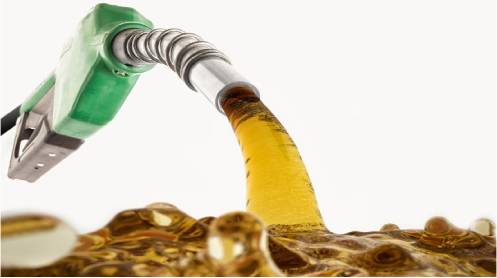ISLAMABAD: The World Bank has unveiled a comprehensive strategy aimed at enhancing energy efficiency and reducing emissions across five key industrial sectors in Pakistan. The newly released report, “Pakistan Energy Efficiency: Industrial Energy Efficiency and Decarbonisation (EE\&D),” identifies substantial opportunities in the cement, steel, fertiliser, textile, and paper & pulp industries to cut energy costs and support the country’s climate goals.
Developed from a study conducted between mid-2022 and 2023, the report seeks to inform government policy and guide energy conservation efforts. While some industries have already adopted efficiency measures, the report highlights major hurdles such as information gaps, limited financing options, and policy misalignment.
The textile sector, particularly its dyeing and finishing processes, offers the greatest potential. Adopting existing technologies could reduce energy use by 50–60% and emissions by up to 13%, through a combination of conservation, fuel switching, electrification, and innovation.
In the cement industry, further improvements—including waste heat recovery and alternative fuels—could cut emissions by 3–35% and energy use by 6–20%. Meanwhile, the fertiliser sector’s dependence on subsidised natural gas discourages investment in efficiency upgrades.
Pakistan’s steel sector, which relies on energy-efficient electric induction furnaces, still has room for 5–12% emission reductions and 8–10% energy savings. The paper and pulp industry, growing at 7.2% annually, also has untapped potential through modernisation and advanced technologies.
The World Bank emphasized that addressing financial concerns and reframing decarbonisation as an opportunity, rather than a cost, will be key to driving industrial transformation.
Story by Amin Ahmed







